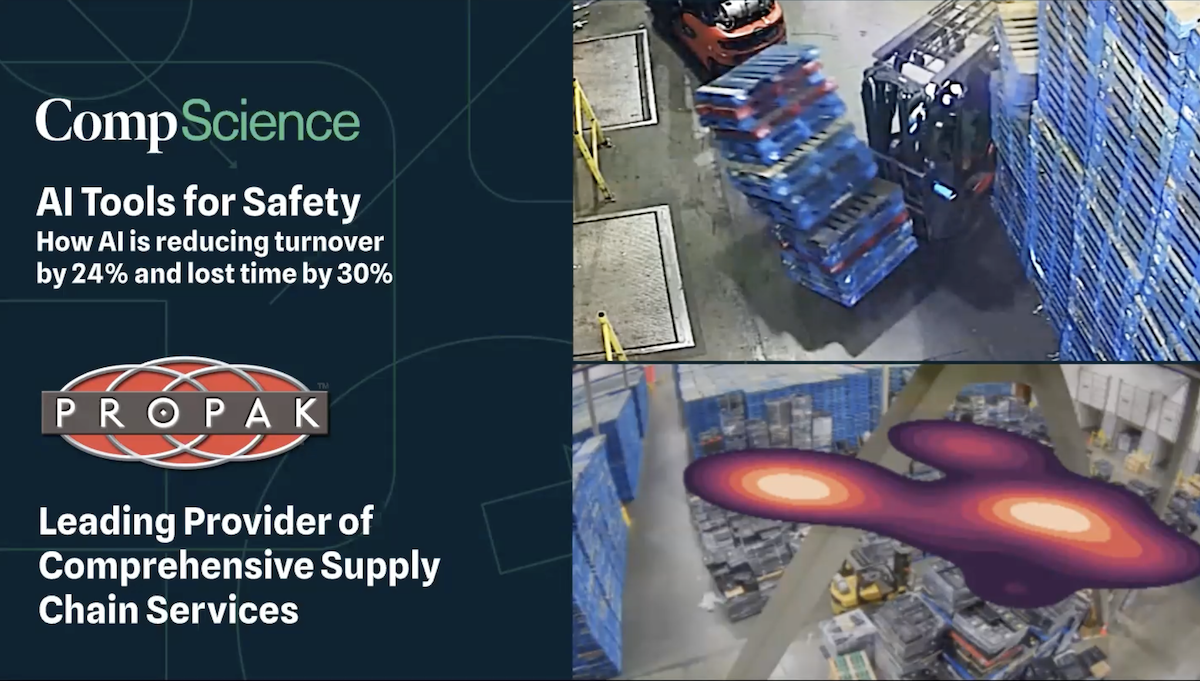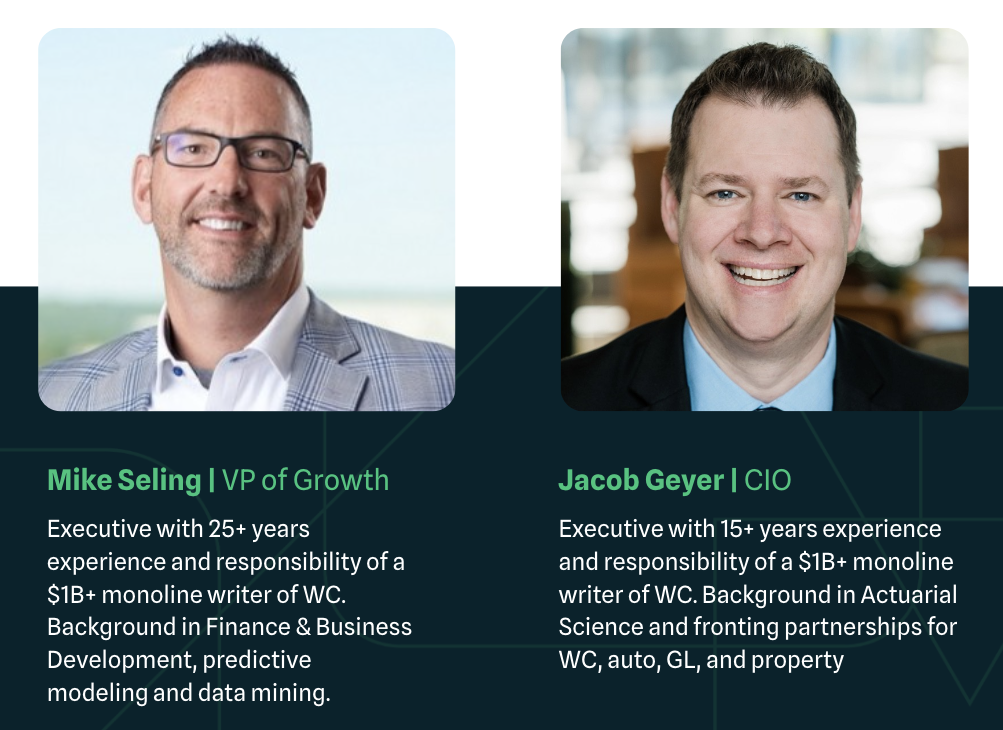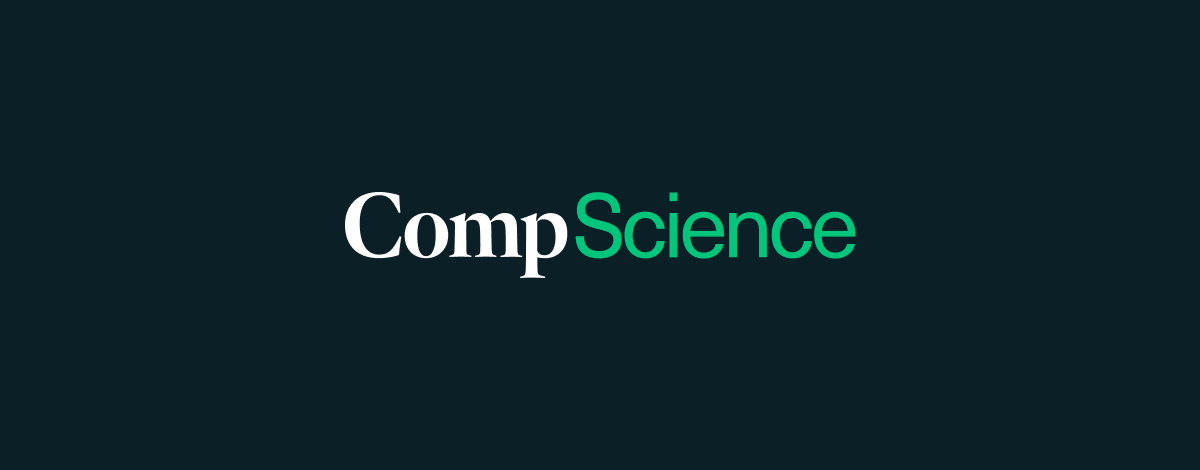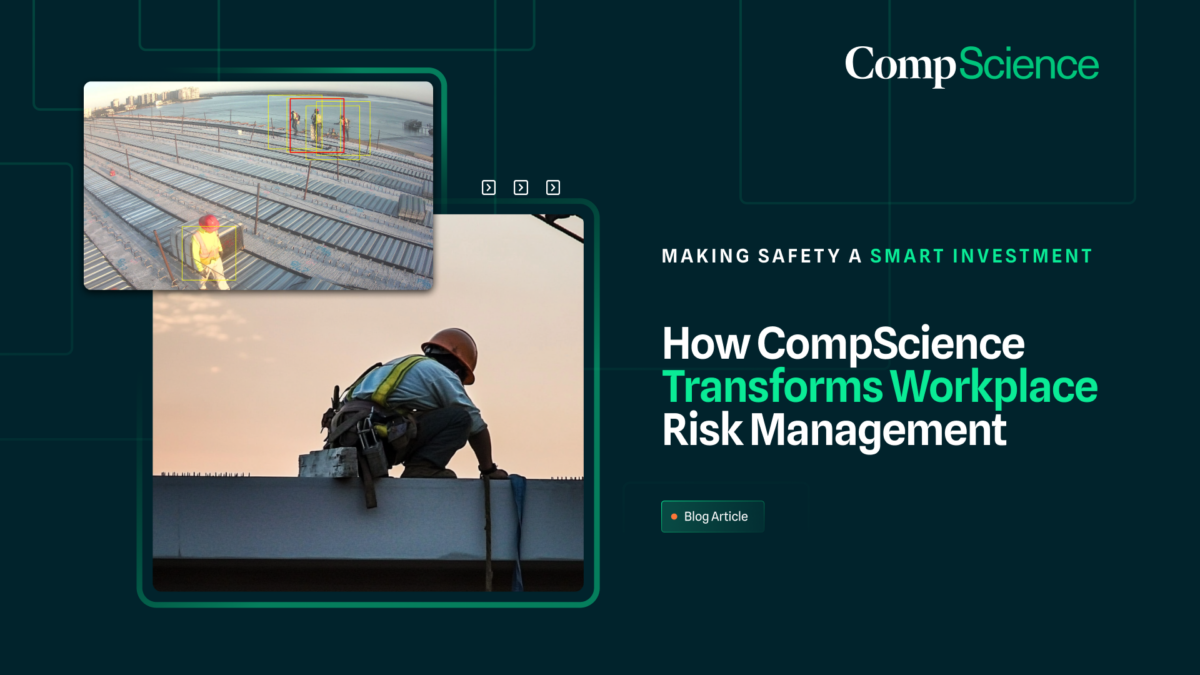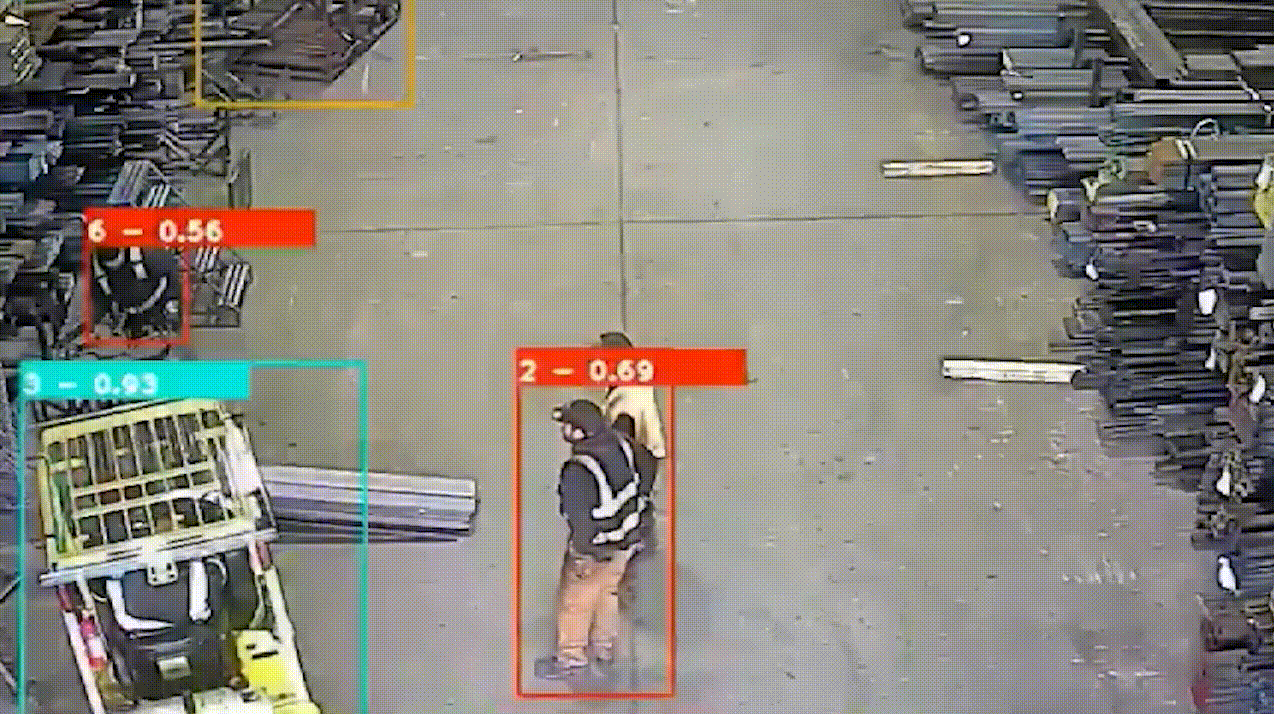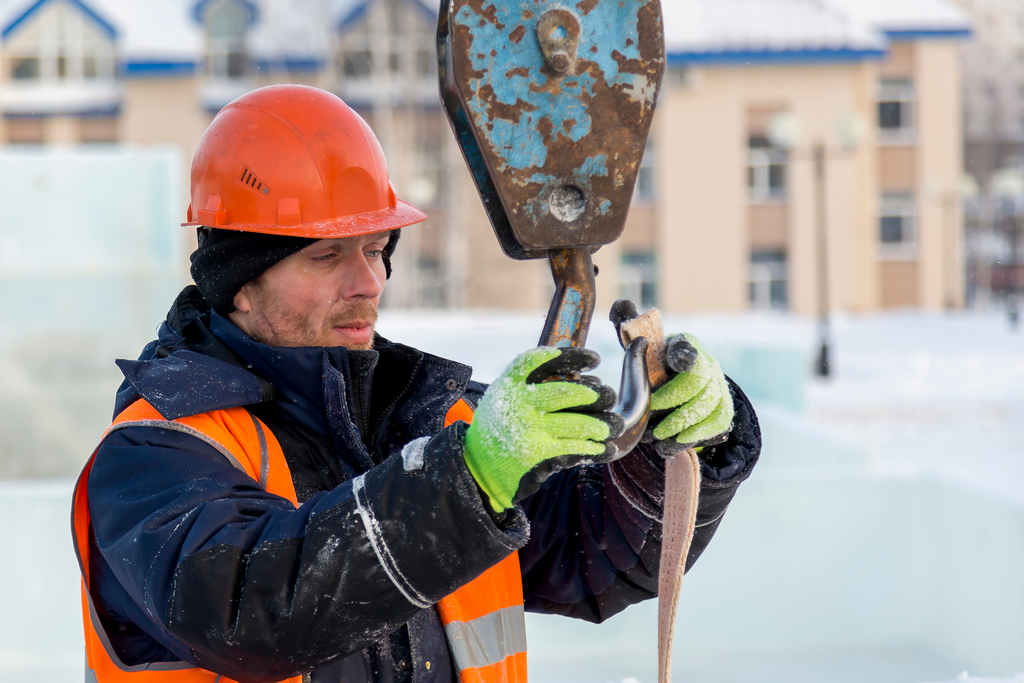Cultivating a Win-Win Safety Culture: Integrating Leadership, Employee Engagement, and Analytics
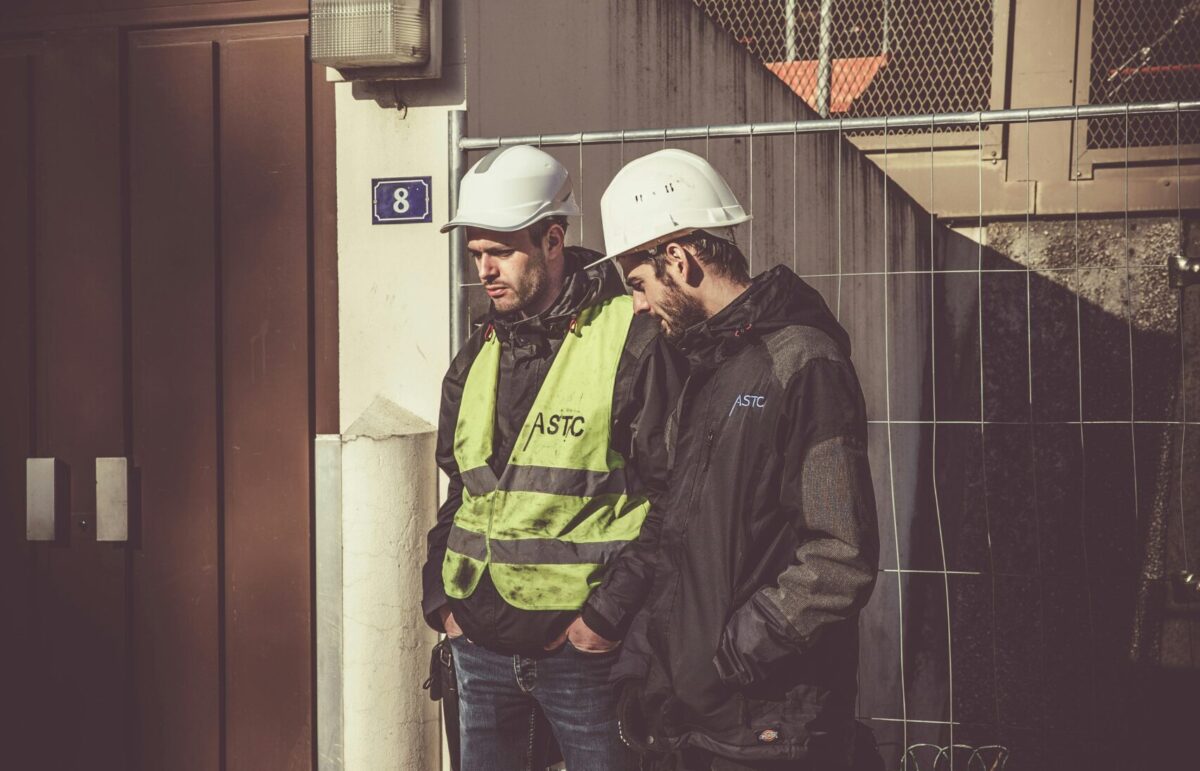
In today’s fast-paced, margin-constrained world, where the line between work efficiency and worker safety often blurs, establishing a win-win safety culture has never been more critical. This culture represents both employer interests in operational efficiency and employee needs for a safe working environment. In a perfect world, this relationship ideally should benefit all. But what exactly does a win-win safety culture entail, and how can organizations navigate the path to achieving it? As we delve into this concept, we uncover the essence of mutual respect, shared responsibility, and the pivotal role of safety analytics in forging environments where productivity and safety go hand in hand so everyone wins.
Core Components of a Win-Win Safety Culture
At the heart of a win-win safety culture lie four foundational pillars: Leadership Commitment, Employee Engagement, Communication Strategies, and Technology, Training, and Education. Leadership sets the tone, emphasizing safety as a core value and leading by example to instill a culture of safety throughout the organization. Employee engagement is equally critical, inviting input and participation from all levels to foster a sense of ownership and responsibility for safety. Effective communication ensures that safety policies and procedures are clearly understood, while comprehensive training provides the knowledge and skills necessary to maintain a safe working environment. Together, these components form the backbone of a safety culture where everyone wins.
- Leadership Commitment: Leadership commitment is about setting a safety precedent at the top, demonstrating a genuine dedication to employee well-being. This involves not just policy enforcement but embodying safety values through actions and decisions, ensuring that safety is a cornerstone of the organizational culture.
- Employee Engagement: Engaging employees in safety processes means involving them in planning, decision-making, and problem-solving related to safety. This approach empowers employees, makes them feel valued, and increases their commitment to maintaining a safe work environment. The workforce is essential to understanding what works and doesn’t work in day-to-day operations and is essential to making improvements stick.
- Communication Strategies: Effective communication is vital for disseminating safety information, sharing best practices, and encouraging feedback. This includes regular safety meetings, clear and concise safety protocols, and open lines of communication for reporting hazards without fear of retribution.
- Technology, Training, and Education: Continuous training and education ensure that all employees are equipped with the knowledge and skills to perform their jobs safely. This includes not only initial training but also ongoing education to address new risks, technologies, and procedures impact collective and individual duties and outcomes.
The Role of Safety Analytics in Building a Win-Win Safety Culture
Peter Drucker said, “You can’t manage what you don’t measure” and in the realm of a win-win safety culture, the integration of safety analytics emerges as a pivotal element if you want to be able to show stakeholders that investment in a safety culture is worth it. It starts with recording past incidents and near misses to get a baseline, auditing current practices to identify areas or actions more prone to injury, and a place to store and analyze this information to generate insight for safety managers to take action. Eventually, this data can be used to predict potential safety issues before they occur, thereby enabling proactive measures. Safety analytics tools analyze patterns from incidents, near-misses, and safety check compliance, offering insights that lead to informed decision-making. By leveraging these insights, organizations can triage and target specific areas for improvement, optimize safety protocols, and ultimately foster a safer working environment that leads to fewer incidents, less time off, improved quality and reduced workforce turnover. This data-driven approach not only enhances safety but also contributes to the overall efficiency and productivity of the organization, solidifying the foundation of a truly win-win safety culture.
Benefits for Employers and Employees of a Win-Win Safety Culture
Adopting a win-win safety culture yields significant benefits for both employers and employees. For employers, it translates to fewer workplace accidents, reduced workers’ compensation claims, and lowered insurance costs, alongside enhanced productivity and morale which lead to improved product quality and customer interactions. Employees enjoy a safer work environment, which not only minimizes the risk of injury but also fosters a sense of security and well-being. This mutual benefit strengthens the employer-employee relationship, encouraging a more engaged and dedicated workforce, and ultimately contributing to the organization’s success and sustainability.
Over the years at CompScience, we have heard firsthand from employees at bakeries, factories, warehouses, construction sites, and more; when the safety culture is respected by leadership and the workforce alike, it yields benefits that extend far beyond the workplace. We’ve heard parents who are happy that they can have the energy to play with their kids when they get home, instead of being drained and needing to recharge. These same parents can cook healthy dinners instead of relying on fast food pickups on the way home from work. Employees have communicated the improvement of their mental health both on the job and away from the workplace resulting in more competent, detail-oriented, and less stressed employees. When employees can focus on their work at work and focus on their personal lives when off the clock they will be more successful in each arena.
And these anecdotes track with research into the subject. Employees report improved job satisfaction and loyalty to employers that invest in safety programs. It makes sense…when employees feel safe and secure in their occupation, they are more productive, feel more valued, and identify more closely with the success of their team.
Case Study
Peerless Products manufactures high-performance aluminum architectural-grade windows and doors. The brand is well-known nationally and its products are sought after for residential and commercial applications.
Peerless’ safety and workers’ compensation programs were in transition. The environmental manager, Haley Perez, who had previously not been very involved in safety, was promoted when the head of safety left the company. Haley Perez was empowered by the company to address specific workplace issues, and the company was committed to developing a “world-class safety culture.”
To kick off the risk reduction program, Peerless shared workplace video, which CompScience requires to leverage the full power of its Intelligent Safety Platform. To quantify risks in operations, CompScience applied over 50 AI “detectors” to analyze specific risks in the operations. Data science techniques were then applied and specific risk events were identified by work area, time of day, and type of potential injury.
CompScience delivered a risk report and made the Intelligent Safety Platform available to the Peerless. The report included recommendations for solutions to these issues and the platform allowed the team to review risk events in videos. Haley used the event videos, the risk reports and loss control recommendations to enhance communications regarding safety with the executive team and safety committee.
The executive team bought into the program, which provided true transparency into safety. The forklift detectors from CompScience impressed the facilities manager and gave her “another set of eyes, realistic eyes.” By quantifying ergonomic and vehicle risks with numbers, the entire team was confident that they could measure the improvements once recommended workflow changes were implemented. CompScience acts as an impartial consultant, validating decisions made by the team.
“CompScience gives you a new pair of eyes on your risk and it gives you the numbers to prove you are improving workplace safety. The analytics work so well that we’re now utilizing this at a location without an on-site safety manager. I loved the benchmarks. Everyone wants a number to compare themselves against.”
– Haley Perez, Head of Safety
Implementing a Win-Win Safety Culture Starts with You
Implementing a win-win safety culture involves a deliberate and strategic approach. Begin by assessing the current safety landscape to understand the specific needs and risks within your organization. Engage leadership and employees in developing a comprehensive safety plan that incorporates the four pillars previously discussed. Regularly review and adjust the plan based on feedback and safety analytics insights. Recognize and reward compliance and improvements in safety behaviors to reinforce the culture. By taking these steps, organizations can create a sustainable safety culture that benefits everyone involved.
To conclude, fostering a win-win safety culture, where safety analytics play a crucial role, not only mitigates workplace risks but also enhances operational efficiency, creating a positive cycle of improvement and engagement. This approach underscores the importance of mutual respect and shared responsibility in achieving a safer, more productive work environment. By embedding safety into the fabric of organizational culture, businesses can unlock the full potential of their workforce, ensuring long-term success and sustainability.

